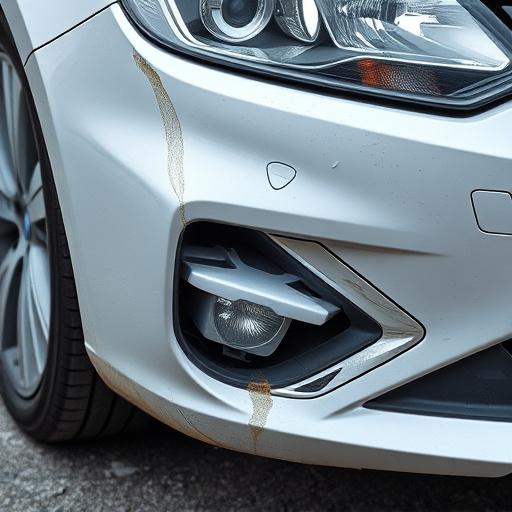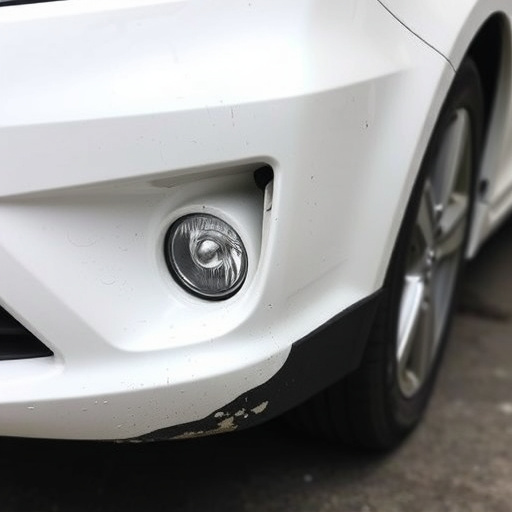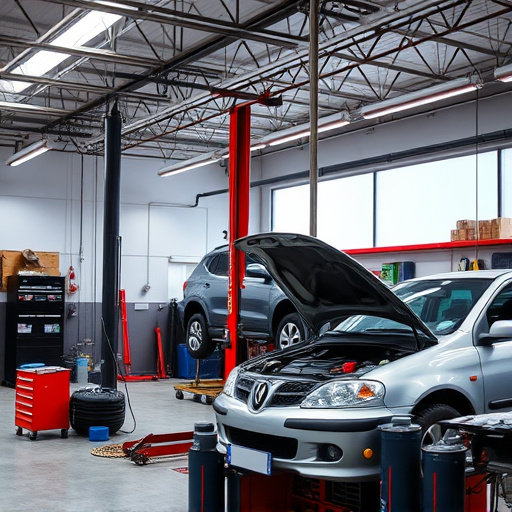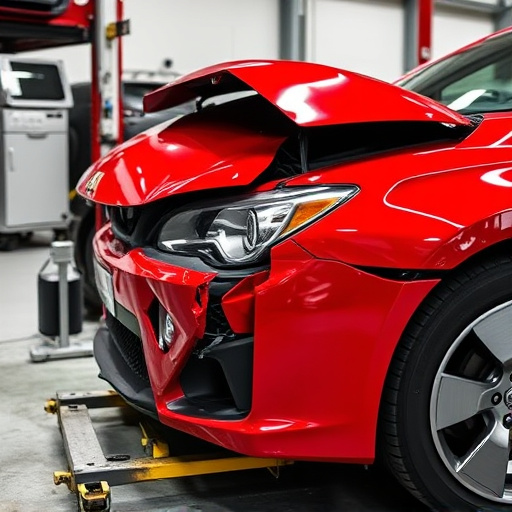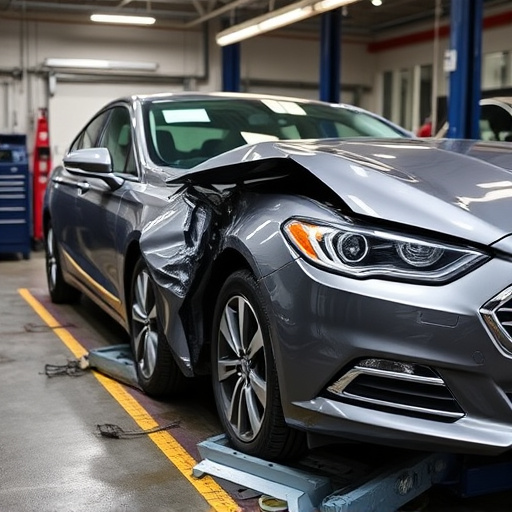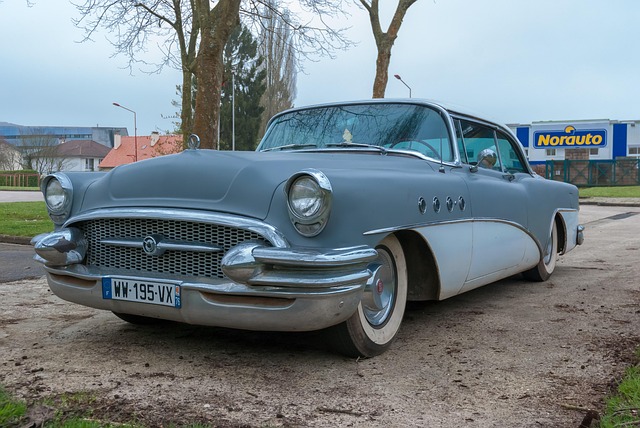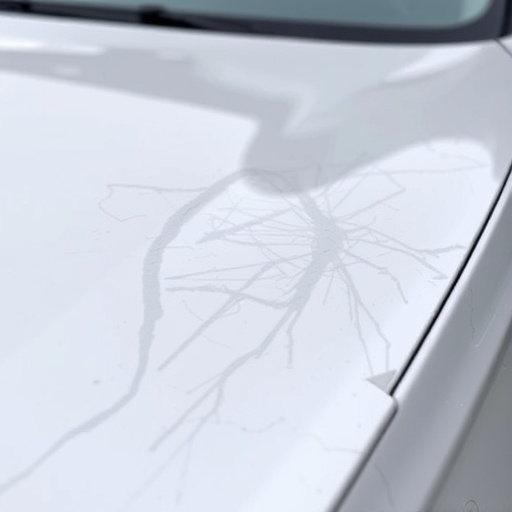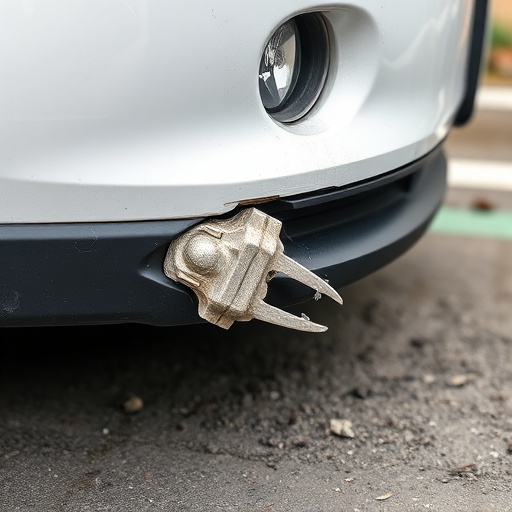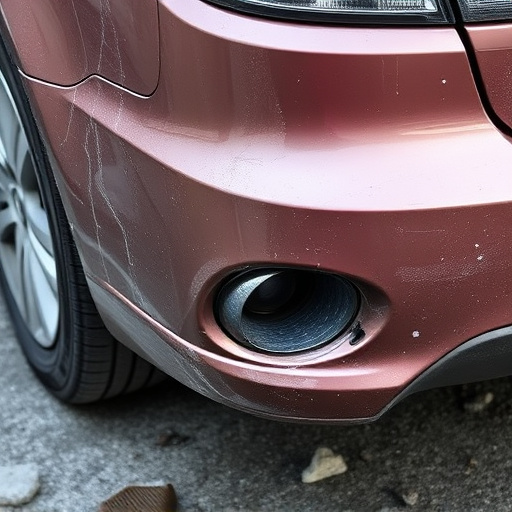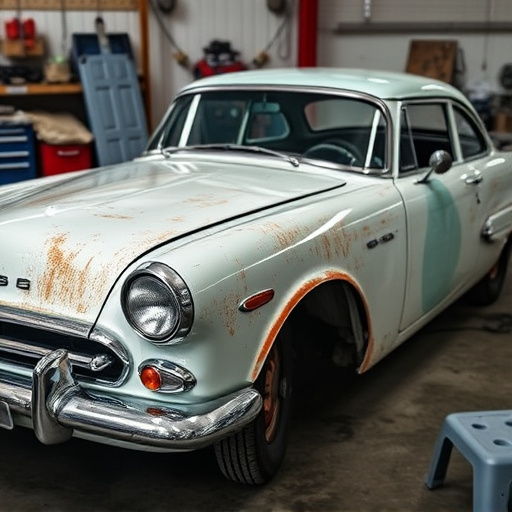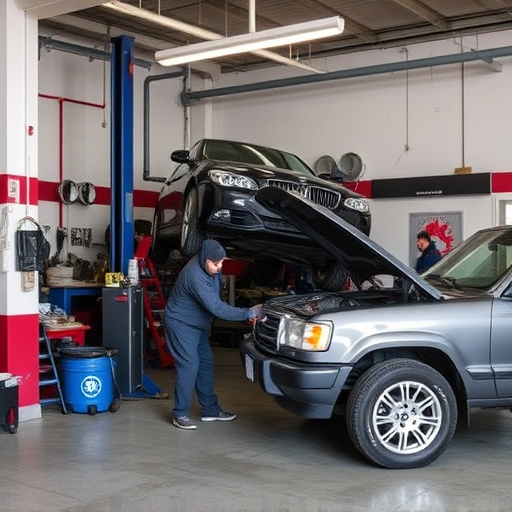Lightning strike auto repair technicians face heightened risks during severe weather due to metal structures and car bodywork acting as paths of least resistance for lightning. To mitigate these dangers, wear static dissipator vests and insulated gloves/boots. Adhere to protocols including unplugging equipment, seeking indoor shelter, avoiding open spaces and high terrain, securing tools away from windows and doors, and using walkie-talkies for communication.
In the high-stakes world of lightning strike auto repair, ensuring safety is paramount. This comprehensive guide delves into the critical protocols that technicians must master to mitigate risks during intense storms. Understanding the unique hazards of lightning strikes in repair shops and equipping yourself with essential safety gear are foundational steps. We’ll outline detailed work procedures to follow when storms roll in, keeping you and your team protected while tackling these challenging repairs.
- Understanding Lightning Strike Risks in Auto Repair
- Essential Safety Gear for Technicians: Protection First
- Step-by-Step Safe Work Procedures in Lightning Storms
Understanding Lightning Strike Risks in Auto Repair
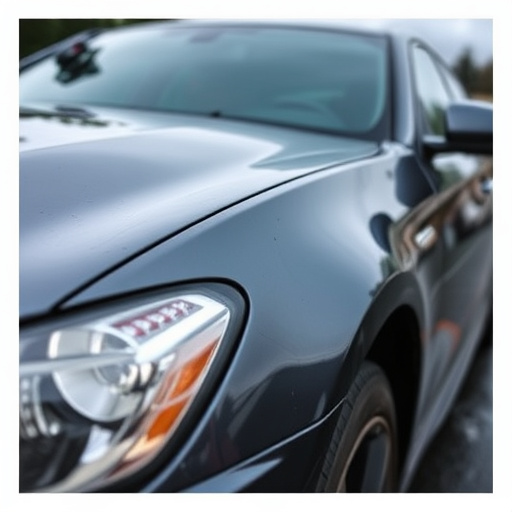
Working with vehicles involves inherent risks, but for auto repair technicians, certain hazards demand heightened awareness, especially during severe weather events. Lightning strikes, though rare, pose a significant threat in auto repair settings. These powerful natural occurrences can occur suddenly and unpredictably, targeting structures and objects with immense energy. In the context of lightning strike auto repair, understanding these risks is paramount for the safety of technicians and the integrity of the workshop.
Collision repair centers, often housing numerous vehicles and delicate car bodywork, can attract lightning due to their metal structures. When a lightning bolt strikes, it seeks the path of least resistance, potentially causing severe damage to both the building and any unsuspecting personnel inside. Car paint repair, a common task in these facilities, might become secondary to the immediate concern for safety. Technicians must be educated about lightning’s ability to jump across gaps, enter through windows, doors, or metal equipment, and strike individuals or electrical systems within the workshop, emphasizing the need for proactive safety measures during severe weather conditions.
Essential Safety Gear for Technicians: Protection First
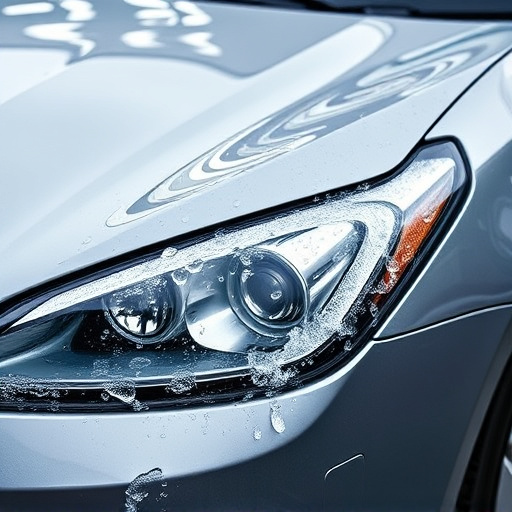
Lightning strike auto repair technicians face unique risks on the job due to the unpredictable nature of storms and high voltage electricity involved in such incidents. To ensure safety, it’s paramount that technicians invest in and wear appropriate personal protective equipment (PPE). This includes a ground-breaking static dissipator vest, which is designed to safely conduct lightning strikes away from the body, minimizing the risk of serious injury or death.
Additionally, for those engaged in tire services, classic car restoration, or other close work with vehicles, insulated gloves and boots are essential. These gear pieces protect against electrical arcs and ground faults that could occur during repair processes. A well-equipped technician, armed with high-quality PPE, is the first line of defense in a storm, ensuring their safety and the successful completion of every lightning strike auto repair job.
Step-by-Step Safe Work Procedures in Lightning Storms
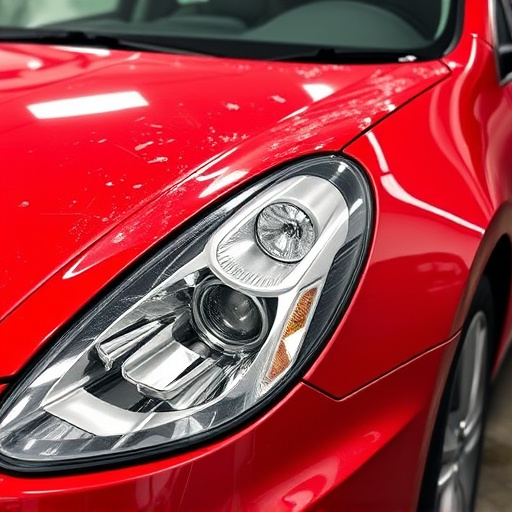
When lightning storms roll in, auto repair technicians must adhere to strict safety protocols to mitigate risks associated with lightning strikes. Before stepping outside during a storm, ensure all electrical equipment and tools are unplugged and stored securely. Don protective gear, including ground-facing rubber boots and insulated gloves, to minimize the risk of electrocution.
Next, establish a safe work area inside a well-grounded building, preferably a collision center or dedicated autobody repairs facility. If sheltering indoors is not possible, avoid open spaces and high terrain. Gather all necessary tools and supplies required for the job, keeping them away from windows or doors that might be struck by lightning. Always maintain communication with your team using secure, non-electric means, such as walkie-talkies, to ensure everyone remains aware of changing weather conditions and safety protocols.
In the face of potential lightning strike auto repair hazards, technicians must prioritize safety through understanding risks, donning appropriate gear, and adhering to meticulous work procedures during storms. By integrating these key protocols into their practices, they can protect themselves, minimize risks, and ensure efficient, safe operations even in challenging weather conditions, ultimately enhancing job satisfaction and customer trust in lightning strike auto repair services.

